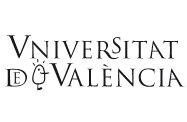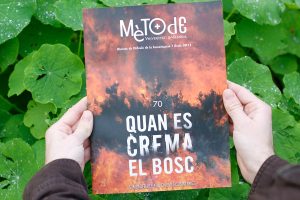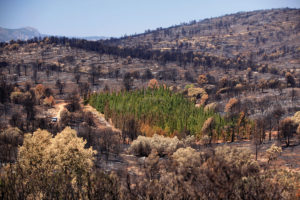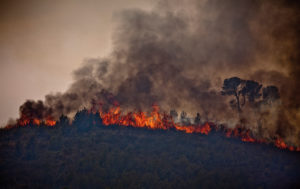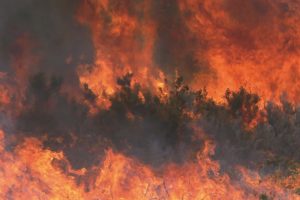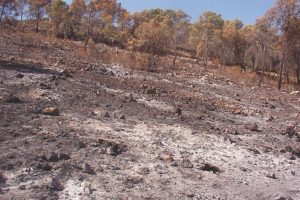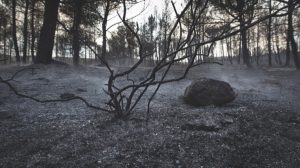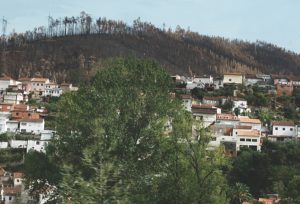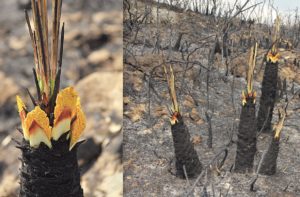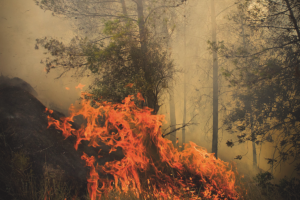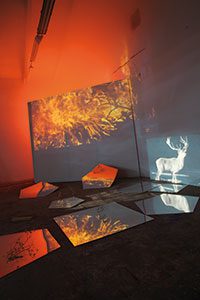Search
Fire has been a defining element in the formation of human societies. Then, why is seen as an alien element in our society? A look back to Mètode's issue dedicated to wildfires.
The data collected by the European Forest Fire Information System (EFFIS) in five countries in the South-European Mediterranean area (Portugal, Spain, France, Italy and Greece) show that more than a million and a half wildfires originated from 1980 to 2009, and 14,367 million hectares were
The end of 2012 knocks at our door and, according to provisional data from the Department of Agriculture, Food and Environment, we leave behind almost 200,000 hectares destroyed by fire throughout Spanish territory. The total number of fires and attempted arsons nears 15,000, although a
Research shows that fire promotes the creation of new substances and speeds up mineralisation, also encouraging the production of recalcitrant forms of organic matter.
Understanding soil requires knowledge of particle aggregation. Fire affects aggregation by degrading the biological fraction, although low-intensity fire does not leave obvious signs in its wake.
We ask ourselves whether natural populations, abiotic properties and the economy and society in the affected area will recover over time. This question comes up after each wildfire but to answer it is complex.
Forests cover a large part of Catalonia (63%) and this means their management is critical to good spatial planning. Prescribed fires help prevent major wildfires, which have marked recent history, they also help to reintroduce a natural element in the Mediterranean forest: fire.
Fire requires three elements: ignition, oxygen and fuel. All three are present in terrestrial ecosystems, thus fire has become a component of environments. In this sense, the Mediterranean ecosystem’s adaptation to fire is evident.
While scientists speak of fire as a natural process within a cultural landscape, the general public continues to see it as a negative factor. We review the current status of management, science and innovation in this field.
[caption id="attachment_4954" align="alignleft" width="200"] Javier Riera. Making of Fire 1, 2011. Photograph on paper, variable dimensions. / In this Mètode monograph we see through the eyes of the artist Javier Riera (Avilés, 1964). In 2008, with extensive experience behind him, he exhibited at the Museo
